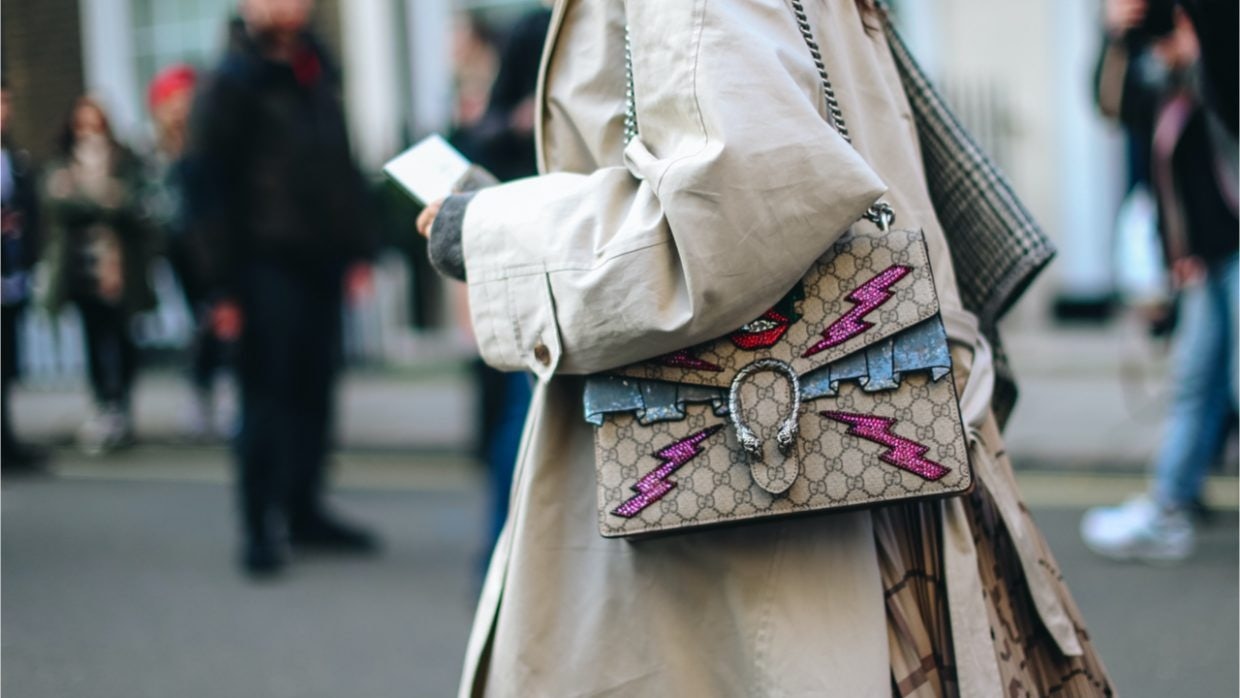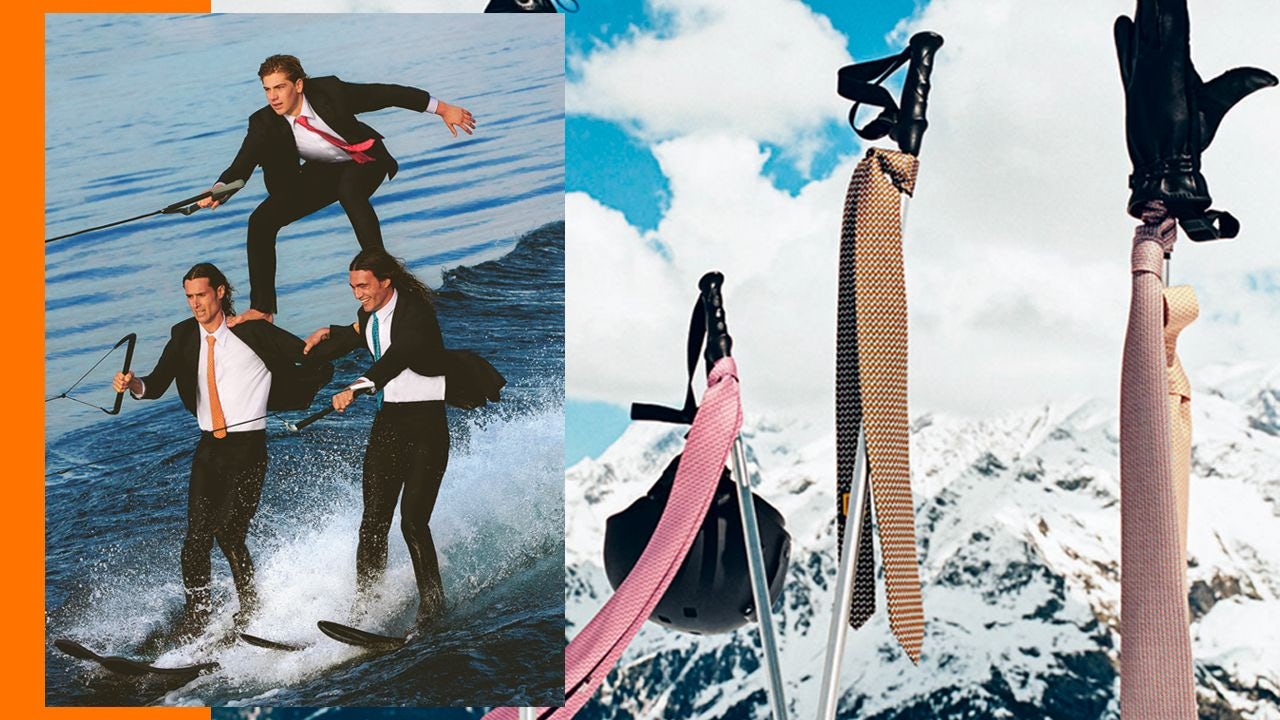Many luxury brands are like zombies. They exist, but they can only move forward with a vague desire to feed. But even zombies will die if they encounter an extreme disruption.
During the current COVID-19 crisis, I believe that up to 50 percent of today's luxury brands will collapse. You read that right: up to half of them. The brands that claim to be luxury companies yet don't create extreme value will be the first to go. In other words: the ones that think charging high prices is equal to "luxury," which is a fatal error.
The virus will be named the “official” cause of death, but in reality, it will have been something else. In most cases, brands will be to blame for neglecting the most fundamental task: delivering significant value to customers so that they’re willing to pay a significant price.
For years, a lot of luxury brands defended their overreliance on physical stores with the claim that they provide experiences for their customers. But few top brands excel at creating memorable experiences, and most brands only deliver lip service.
If there’s no memorable experience, then there’s no value. And if there’s no value, then there’s no distinct value creation, which means no loyalty or buzz. Unfortunately, I’ve found dramatic shortcomings in this area for most of the brands I’ve studied. Creating memories does not happen by chance. It depends on a precise brand definition, a clear value creation model, and excellent execution. This call to action was years ago (not during this pandemic), but many brands didn’t see the writing on the wall.
I saw many striking examples of these brand deficiencies on a visit I made to several luxury brands across Asia. In one case, my experience visiting one of the most admired German luxury car brands was so negative (due to an arrogant salesperson) that I left the dealership in a state of shock. Then, I needed an important question answered by the luxury hotel I was staying at before I arrived, but I couldn’t reach a staff member for hours. The hotel made a typical luxury brand error by forcing a guest to move from one place (check-in) to another (concierge) because staff members could only perform specific duties. From a customer perspective, this creates burden and frustration instead of a luxurious experience.
These mistakes have catastrophic implications. Brands are gambling with their most important asset: their customers! The unfortunate reality for many luxury brands today is that their experiences are still too transactional, too beholden to old industry standards, and not nearly personal or memorable enough. They’ve become an interchangeable category journey, rather than a distinct brand experience.
Many CEOs state that what sets their luxury brand apart is the personal experience consumers have in their stores, assuming it’s a fashion/lifestyle brand, hotel, restaurant, or car dealership. But when I study their brand experiences and benchmark them against their competitors in the same space, I often see a recurring pattern: Their experiences don’t differ from a lot of other ones. One service may be slightly nicer than another, or one store’s architecture might be more impressive than another’s, but that isn’t enough to create an authentic, relevant, unique, or memorable luxury experience.
Category journeys aren’t the same as distinct branded memories. This is a crucial point that luxury brands often get confused. Mapping the entire customer experience across every sales touchpoint is completely necessary. Only when the experience at each touchpoint is strong will the brand story allow a brand to be competitive. Even one “red flag” is enough to tank an entire brand perception. So the brand story must be precisely defined.
Brand storytelling is a holistic task. A brand must first know what it stands for, and then it must rigorously apply that story across its entire customer journey, without exception. It sounds simple, but it’s the most significant issue for underperforming brands. Without addressing it, brands are just “putting lipstick on a pig” by taking different measures. And, even worse, when consumers notice brands aren't addressing this main point, they see the brand as inauthentic and will move on (and tell others to as well).
That's why regular brand audits are critical for fine-tuning a brand’s positioning and customer journey. Only then can a brand fix identified gaps with fast and precise countermeasures. If a brand's story is weak, it has to be addressed immediately, or competitors will take advantage, or consumers will opt out entirely.
The speed of change can be hard on brands. One fashion brand I spoke with lost 30 percent of its young consumers over the past calendar year. The CEO couldn’t believe how fast change hit him, and without drastic measures, his brand wouldn’t be saved.
Again, luxury must always be about creating memorable experiences. When I think about the times that brands have created an unforgettable experience for me, they are few and far between (even in the luxury industry). While recently scrutinizing leading luxury fashion and leather goods brand stores, I was reminded more of department stores than refined, high-class, luxury stores. Not once on my pilgrimage was I offered something that made my shopping experience feel special, and every interaction with store staff felt rushed. None of the experiences were convincing, memorable (in a positive way), or created any brand equity. In fact, it was the opposite: I would never return to most of those brand stores if I had been a real customer.
A lot of brands need to address this issue. When consumers start spending again after this crisis, they'll be much more discerning about their luxury shopping experiences. For brands, there is no time to be complacent.
This is an op-ed article and reflect the views of the author and do not necessarily represent the views of Jing Daily.
Daniel Langer is CEO of the luxury, lifestyle and consumer brand strategy firm Équité, and the professor of luxury strategy and extreme value creation at Pepperdine University in Malibu, California. He consults some of the leading luxury brands in the world, is the author of several luxury management books, a global keynote speaker, and holds luxury masterclasses in Europe, the USA, and Asia. Follow @drlanger


